If this is how your board thinks about safety, you’re in for a bumpy ride
Prominent systems thinker, Peter Senge (1990), described mental models as “…deeply ingrained assumptions, generalizations, or even pictures or images that influence how we understand the world and how we take action”.
Sounds very similar to a paradigm because it explains how we understand things and how we act on that understanding, but mental models can be at an individual or group level, whereas paradigms are more group or community related.
Mental models are fundamental to the way we learn; they can be the reason we shut out information, or why we entertain new information, which is particularly important if we want to understand why we do or don’t learn from other’s organisation’s failures – something I talked about in a previous video.
Our mental models are informed by the dominant or controlling paradigm, but they’re also informed by our values and our life experiences and the environment in which we live or work. They can be so basic or tacit, that they can exist below our level of awareness where we might not even be conscious of them.
They are generally invisible to us—until we look for them.
We can have our own mental models, but an organization, including the board, can also have shared mental models – groupthink is an example of this. You might say that our shared mental models are similar to that of organisational culture, those shared beliefs and assumptions of the way we do things around here. Whereas, our individual mental models are similar to organisational climate, which is people’s individual perception of how we do things around here.
Two mental models that describe the role humans play in creating or reducing safety in the workplace
From the two controlling paradigms that I talked about in a previous video, systems thinking and linear thinking, that inform our understanding of how work gets done or how our organisation functions there are two supporting mental models or shared beliefs and assumptions that inform our understanding of how safety is achieved; more specifically, the role that humans play in creating or reducing safety in the workplace.
#1 Mental model: Humans are seen as a problem to solve
Out of the linear thinking paradigm, where work would be described as a sequence of events, when something goes wrong we’re often hunting for broken parts or bad apples.
We try to find the root cause by looking down and into the organisation to understand what’s broken, or who made a bad decision. This mental model suggests that incidents can be avoided if individuals would just pay more attention, invest more effort, obey the rule or follow the procedure.
Under this mental model, we generally see people as problem to solve and when an incident occurs, we’re often frustrated as to why someone made a stupid decision.
Incident investigations
Safety investigations under this mental model and paradigm of linear thinking look for evidence of erratic, wrong or inappropriate behaviour. Investigations point to root causes and how contributing factors lined up to create an incident; event A, causes event B which causes event C.
You’d be familiar with this line of thinking if you’re familiar with the swiss cheese model, but this model is outdated in terms of the way we work because it cannot capture the complexity in our environment and in our workplace.
Board reports
Your board reports under a linear thinking paradigm and mental model that leans toward people are a problem to solve, would highlight people’s bad decisions, inaccurate assessments or deviations from rules or procedures, and corrective actions would single out particular workers for retraining, demotion, dismissal or other sanctions.
It might seem like the right answer to get rid of the bad apples, or that more procedures and rules will create more control as to how work is done, but more control is not the answer when we work in complex systems where uncertainty is the only thing that’s certain.
How often have you tried to control something that’s unknown?
For instance, have you tried to control your partner’s behaviour and failed? Their behaviour, while sometimes familiar, is unknown to us, we don’t exactly know what people will do in any given circumstance – even if they had a procedure or rule book to follow.
We don’t even have certainty in how we would react in any given situation – there’s so much context to keep in mind, and it makes our work and how work is done inherently complex .
#2 Mental model: Humans are the answer to an organisation reaching its goals
The second mental model or shared belief and assumption on the role that humans play in creating or reducing safety in the workplace falls out of the systems thinking paradigm. Systems thinking inherently captures complexity.
It suggests that workplace incidents are an inevitable by-product of people doing the best they can in organisations that operate in complex systems where there are inherent contradictions between such things as operational efficiency and safety.
You might be shocked to hear a safety professional say that incidents are inevitable, but we just can’t control things in a complex system and that is part of the difficulty in being comfortable with uncertainty.
Incident investigations
This second mental model sees workplace incidents as a symptom of trouble deep inside a system.
So it doesn’t make sense for us to think that fixing the broken part or getting rid of the bad apple will prevent that incident from happening again, because in complex systems we won’t find a root cause or truly capture the breadth of contributing factors – because everything is interconnected, and if that’s the case, there is no end to contributing factors.
People are therefore necessary for working with complexity and uncertainty.
I don’t say this to turn you away from doing anything at all, but it does mean that safety then, is not the result of repetition, redundancies and barriers or more procedures and rules that control how people deal with a situation, because people are actually needing flexibility to tend to all the performance variability that is happening in the workplace, in your organization.
This is why under this mental model, people are not seen as a problem, but they’re the solution to ensuring your organisation reaches its goals.
So that gives you a bit of an idea about the two mental models that fall out of the two dominant paradigms around the way work gets done and the role that humans play in creating or reducing safety in the workplace.
Mindsets
Let’s take a quick look at mindset before we wrap up. Similar to mental models, a mindset can be at an individual level or a group level, but regardless of which one, mindsets are informed by the dominant or controlling paradigm and mental models. We essentially consider the value of each of them and this forms our current mindset, which will inform our attitude and behaviour.
Our perception informs our governance strategies
Paradigms, mental models and mindsets are tightly intertwined, and they interact to influence, among others, board members’ behavioral strategies around what is required to maintain a safe and healthy workplace, in terms of systems, resources, governance and leadership.

Nested Theories of Action, Duffy, F.M., 2009
So if your controlling paradigm is linear thinking, then it’s likely your mental model to achieve safety will be around increasing control and limiting people’s flexibility to make decisions because people are a problem to solve right? So you’ll want to see more rules and procedures to control people’s behaviour, and if everyone just follows the rules we’ll all be safe and healthy.
You’ll get comfort that the workplace is safe from your audit and compliance results and you’ll ask more about what procedures and training were in place if there’s an incident, at the expense of understanding how work actually gets done, like the challenges people have, and where they feel they have to compromise on safety, and importantly where or how the board is influencing their decision-making.
And this is where it all gets real, because we start to see how the board’s behaviour starts to inform the structure of the system, like your governance framework, and ultimately the structure will influence patterns of behaviour.
For example, your governance framework will inform what information people put in front of you and what is not put in front of you, and how people talk about safety to you and your board.
Your paradigms, mental models and mindsets will influence what you seek to reward, sanction, ignore, as well as the kinds of goals, strategies and processes that you select, and even the type information you will and won’t attend to and therefore these three phenomena and your behaviour have a significant role to play on how you can influence organisational culture, and therefore safety, health and well-being outcomes.
So I hope this has given you some food for thought on the power of your paradigms, mental models and mindsets and which ones we can no longer rely on.
Be brave and stay true to your commitment to lead from the heart and my friend, I’m very confident that you will reap the rewards.
Welcome!
I’m Samantha
I help board members succeed in the boardroom and make a positive impact on the health, happiness and resilience of society through their effective leadership and governance of safety, health and well-being.
RESOURCES
YOU MAY ALSO LIKE…
FEATURED CONTENT
[text-blocks id=”4249″ plain=”1″]
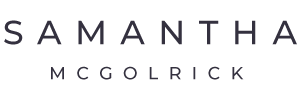
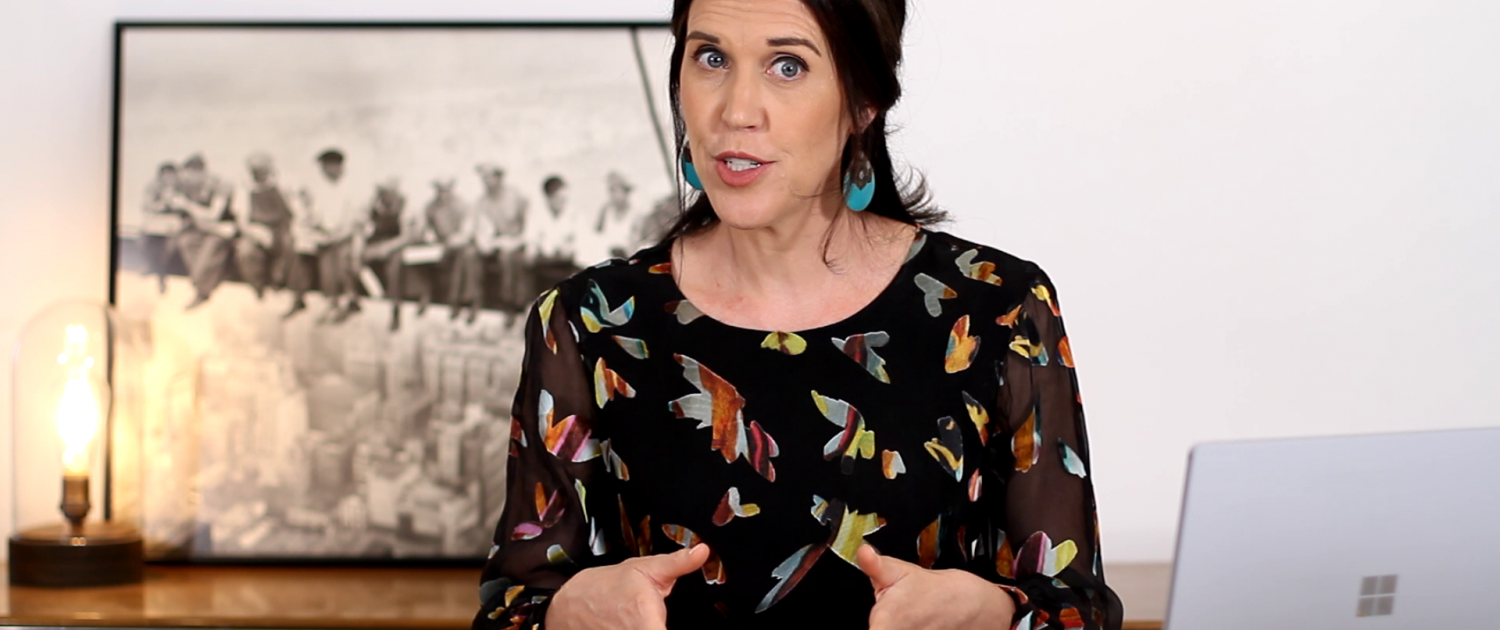


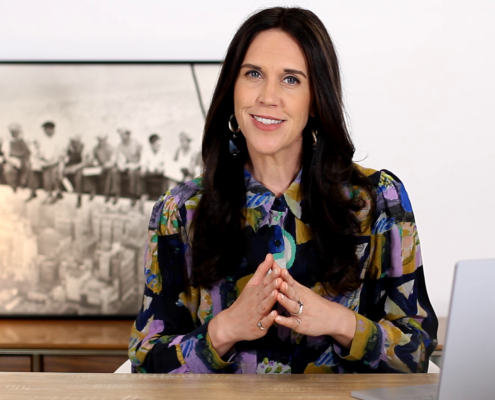
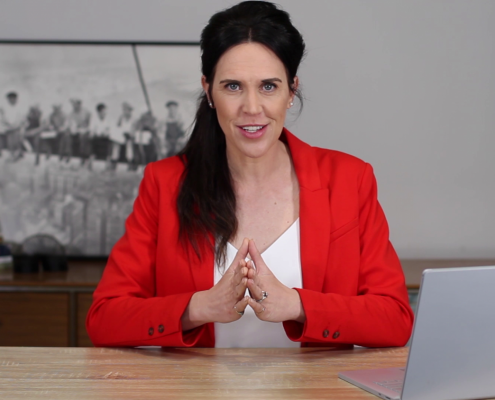
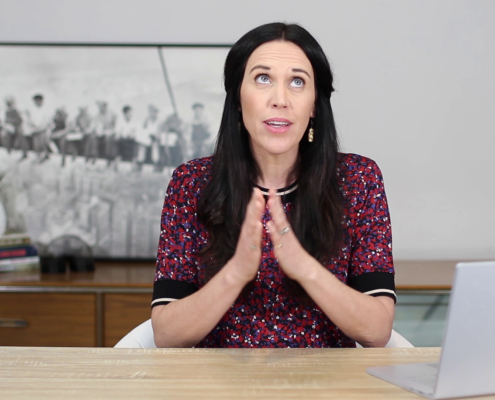

Let us know what you have to say:
Want to join the discussion?Your email address will not be published.